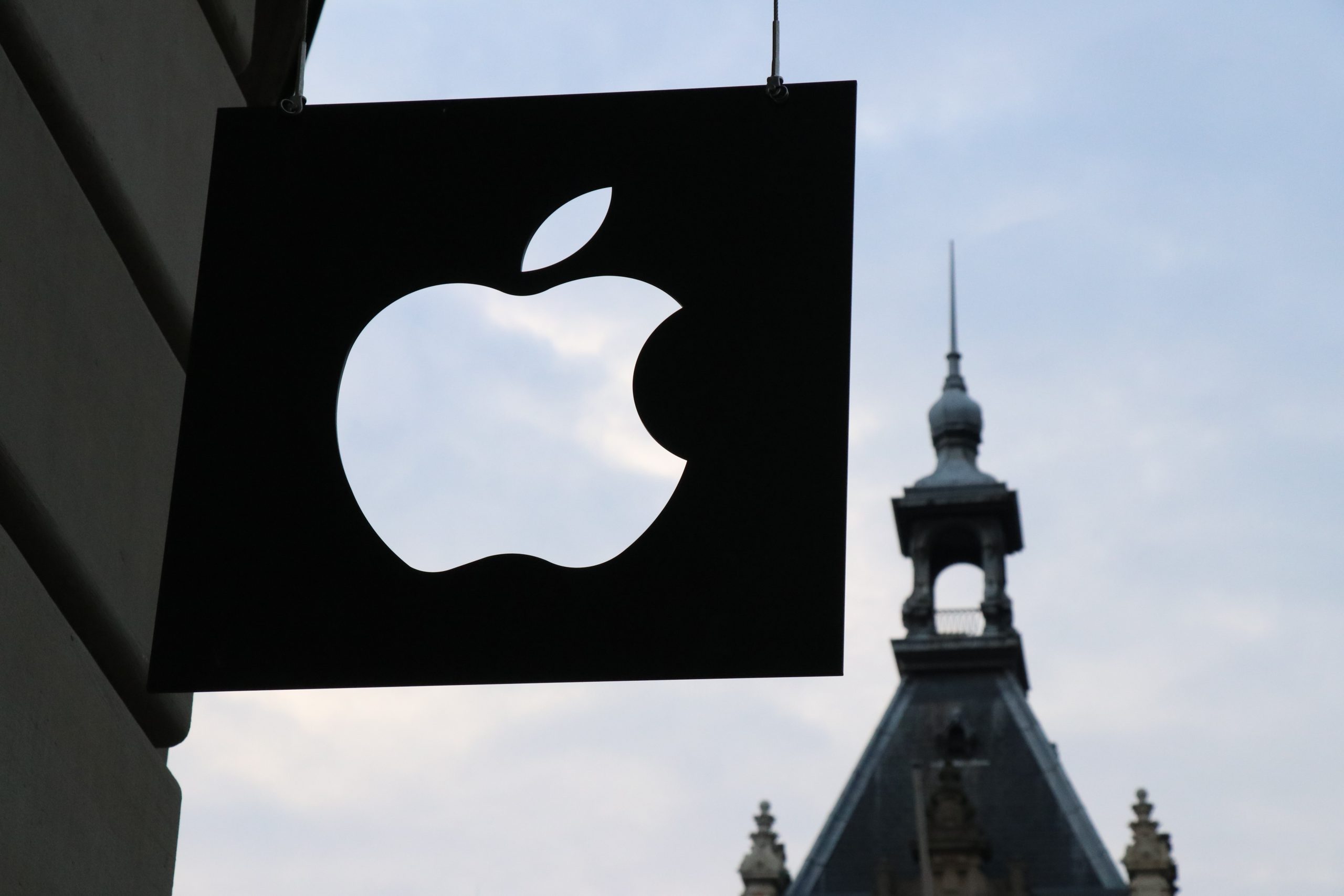Apple Inc. is widely known for its iconic products like the iPhone and the Mac. But in addition to its technological innovations, the company has also been using a powerful financial tool to boost its stock price: share buybacks.
Share buybacks, also known as share repurchases, involve a company buying back its own shares from the open market. By reducing the number of outstanding shares, buybacks can boost the value of each remaining share, which in turn can benefit investors.
Apple has been using this strategy to great effect in recent years. Since 2012, the company has spent more than $440 billion on share buybacks, according to data from S&P Global Market Intelligence. In 2018 alone, Apple repurchased $74.2 billion worth of its own shares, which is more than the market capitalization of many well-known companies.
But why does Apple spend so much money on buybacks? And how does this strategy impact investors?
One reason for Apple’s buyback strategy is to return excess cash to shareholders. The company generates huge amounts of cash through its profitable products, and has more than $200 billion in cash reserves as of 2021. Instead of sitting on this cash, Apple has chosen to use it to reward shareholders through dividends and buybacks.
Another reason is to combat the dilution of shareholder value caused by stock-based compensation. Many companies use stock options and other forms of equity compensation to incentivize employees. When these shares are issued, they dilute the ownership of existing shareholders. By buying back its own shares, Apple can offset the dilutive effect of its equity compensation programs.
Furthermore, buybacks can be an effective way for companies to signal to the market that they believe their stock is undervalued. By repurchasing shares, Apple is essentially stating that it believes its stock price will rise in the future, and that buying shares at the current price is a good investment.
But while buybacks can benefit investors by boosting share prices, some critics argue that they can also have negative effects.
For one, buybacks can be seen as a short-term strategy that prioritizes immediate gains over long-term investments in the company’s growth. Instead of using cash for buybacks, some argue that Apple should be investing in research and development, or acquiring companies that can help it expand into new markets.
Additionally, buybacks can sometimes lead to stock price manipulation. In some cases, companies may use buybacks to artificially inflate their stock prices, rather than as a legitimate tool for returning value to shareholders.
Despite these criticisms, Apple’s buyback strategy has generally been viewed as a positive for investors. The company has consistently increased its dividend payments in addition to its buybacks, signaling a commitment to returning value to shareholders. And with its massive cash reserves, Apple has the flexibility to invest in growth opportunities while also rewarding investors.
In fact, some experts argue that buybacks can actually be a sign of a healthy company. According to a report from investment research firm Bernstein, companies that consistently repurchase shares tend to outperform their peers in terms of earnings growth and return on equity.
Ultimately, whether Apple’s buyback strategy is good or bad for investors depends on one’s perspective. But one thing is clear: the company’s use of this financial tool has become an increasingly critical factor for investors to consider alongside Apple’s products and other business strategies.




